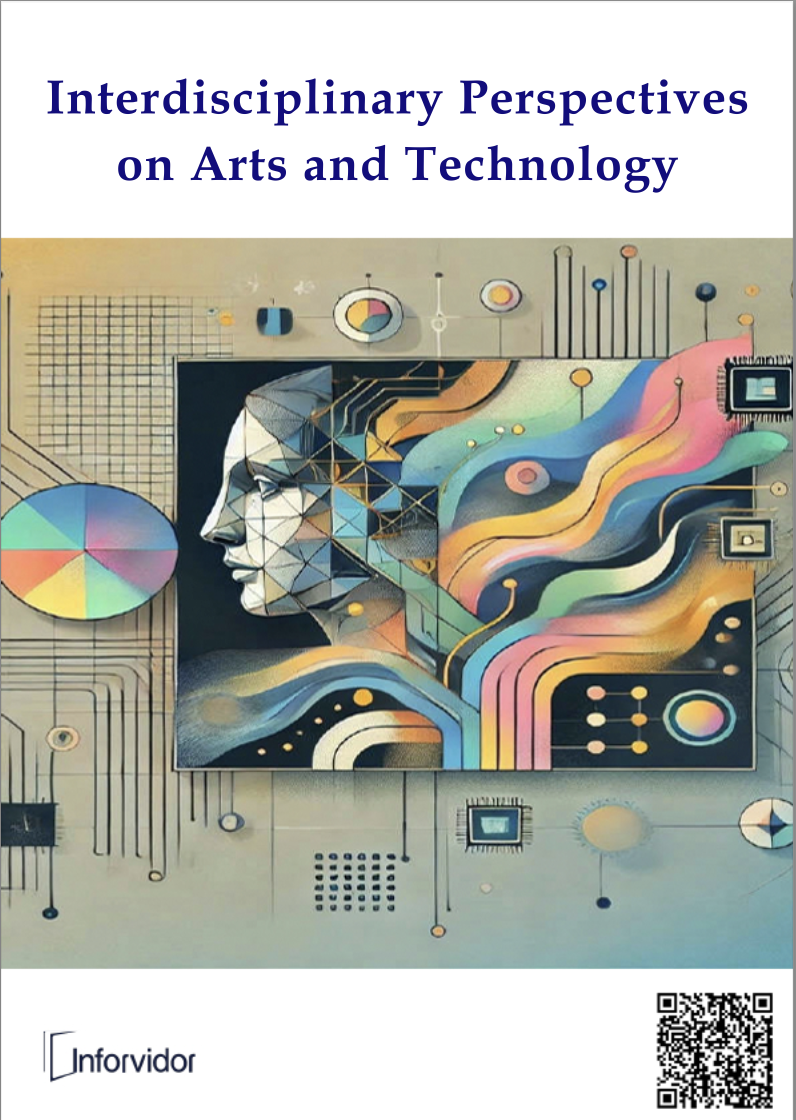Published
08/07/2025
Keywords
- AI-generated art,
- Chaoshan opera,
- Chen San and Wu Niang,
- Cultural dissemination
Abstract
Chaoshan opera, a cornerstone of regional intangible heritage, is experiencing declining audiences and challenges in sustaining its intricate performance traditions. Concurrently, generative AI tools are increasingly investigated for their potential in cultural preservation and promotion. This paper examines the ability of AI-generated art to convey and revitalize Chaoshan opera through a case study of the classic piece Chen San and Wu Niang. Utilizing Doubao, the resulting AI outputs were compared against recordings of Guangdong Baihua Theatre’s live performance, with evaluations focusing on character styling, costume authenticity, footwear accuracy, and musical elements. Results reveal that, although Doubao generates coherent imagery and narrative-driven lyrics, it frequently misrepresents vital cultural markers—such as ornate headdresses, traditional garment details, embroidered motifs, and high-soled boots—and lacks the nuanced vocal techniques and emotional depth characteristic of Chaoshan melodies. These findings underscore the current limitations of generative AI in faithfully reproducing region-specific aesthetic and performative traditions and highlight the importance of accurate expression of Chaoshan elements.

